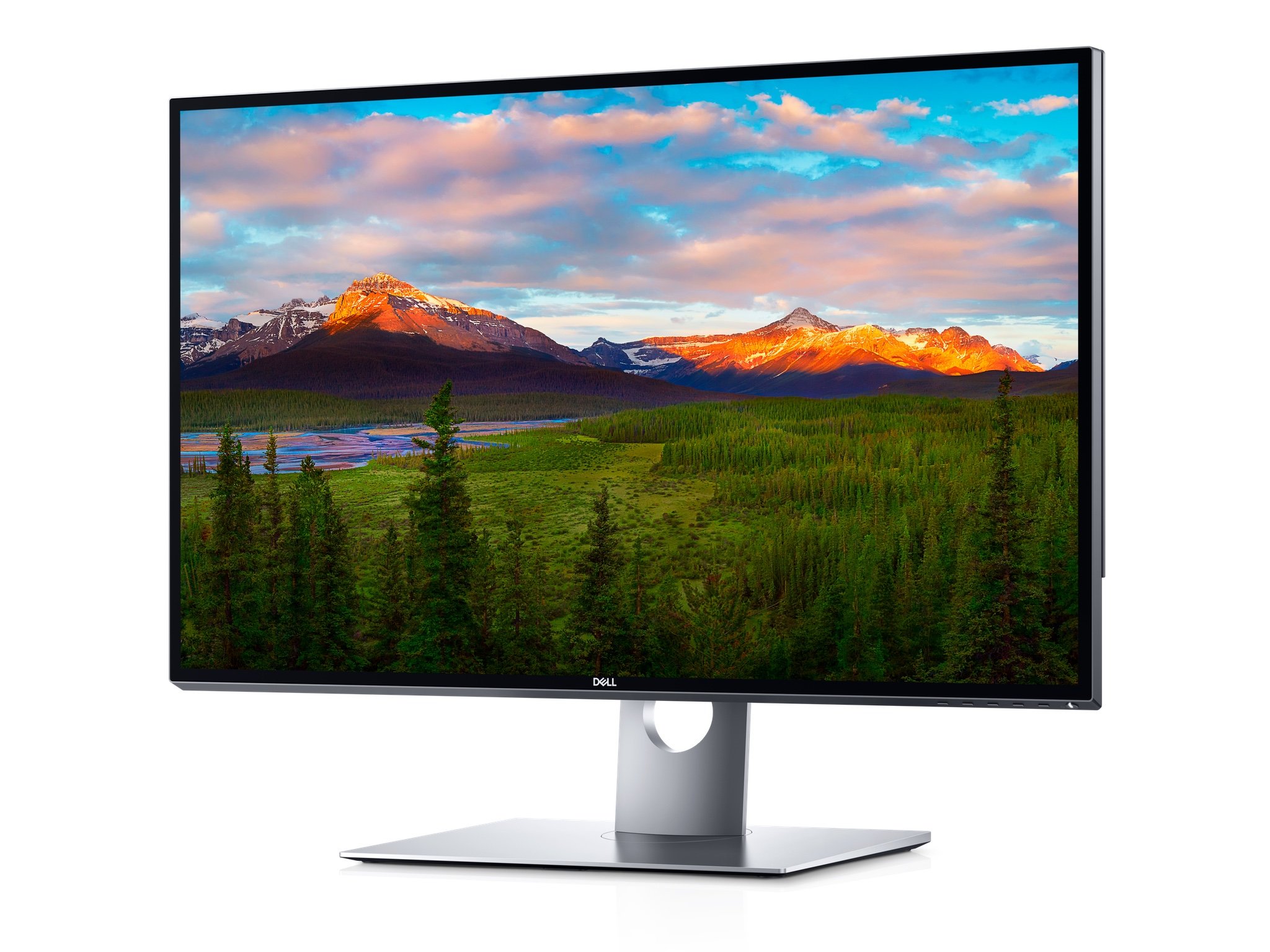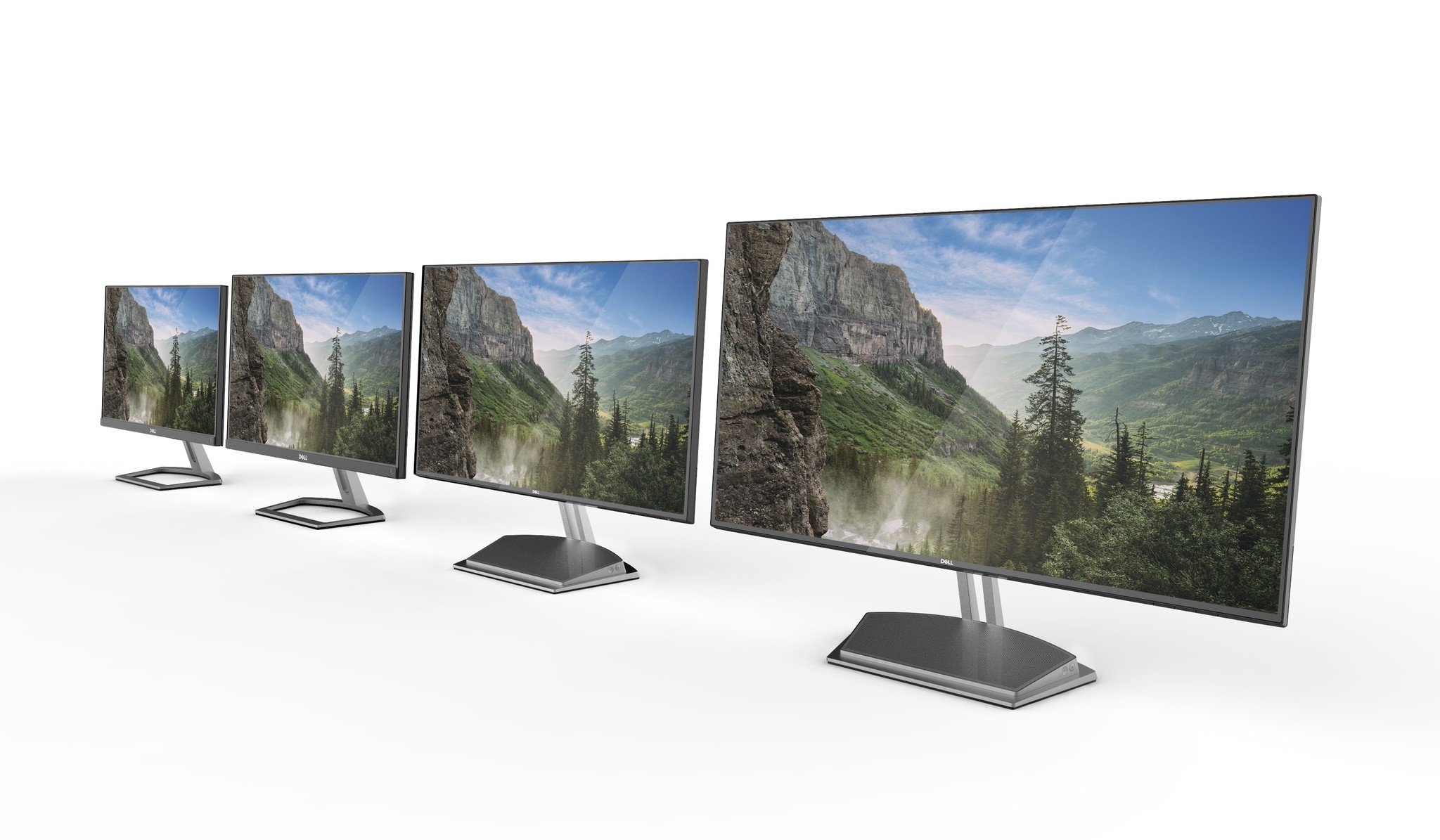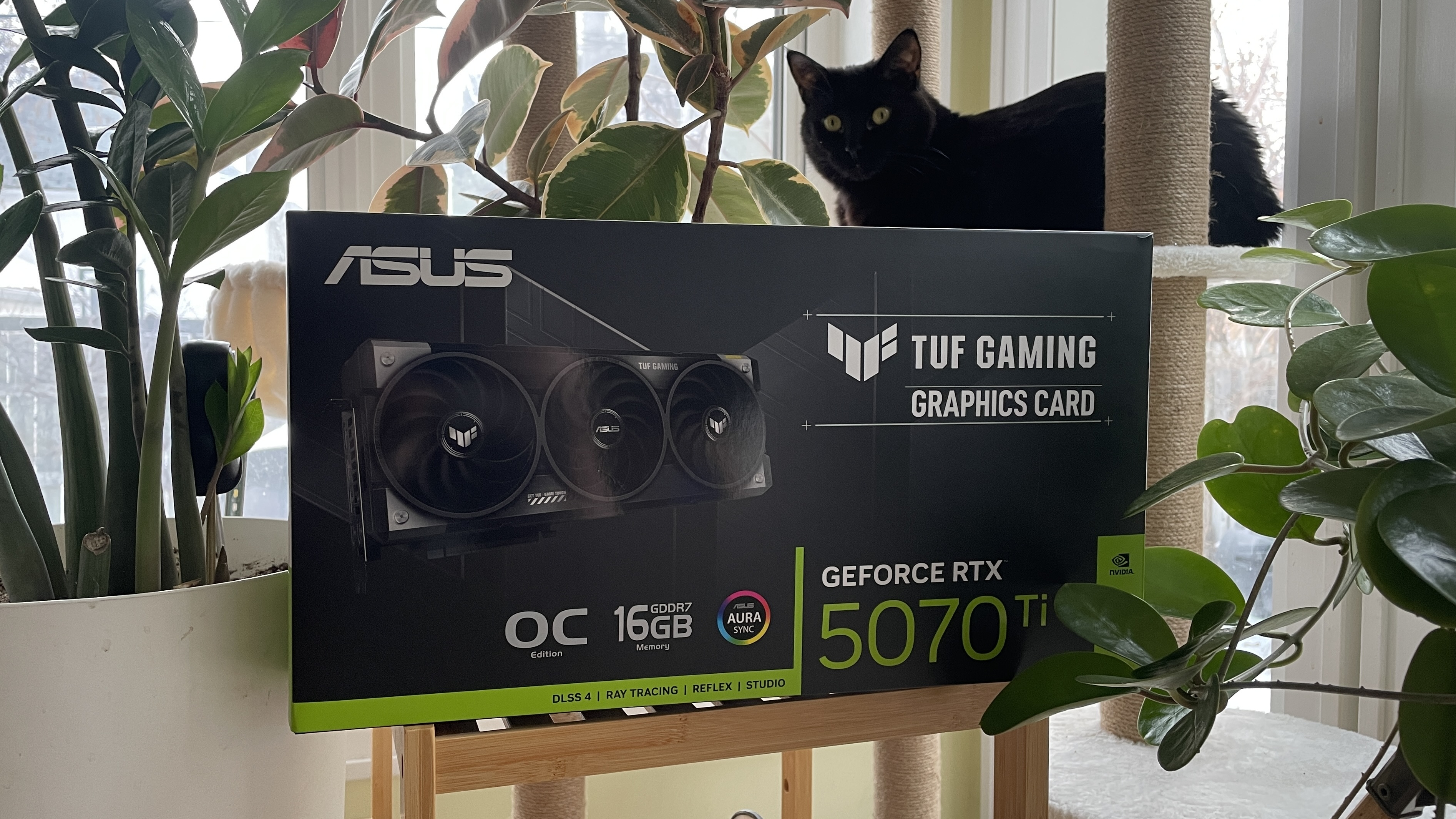4K is so passé: Dell announces 8K display among slew of new monitors


The world may just now be starting to adopt 4K displays in number, but Dell is already pushing forward to the next frontier with a new 8K monitor. The Dell UP3218K packs a whopping 33.2 million pixels into its 32-inch display, making for a pixel density of 280 ppi. All told, the number of pixels alone should make for an incredibly sharp picture with the right content.
In addition to its 8K display, the UP3218K can display a total of 1.07 billion colors, the company says. That's all thanks to Dell's PremierColor tech, which should make the UP3218K incredibly accurate. Unfortunately, this display is likely far out of the price range of most consumers, coming in at a whopping $5,000. Still, if you have the dough, the UP3218K will be available starting March 31.
If the UP3218K is a little too rich for your blood, Dell has also outed a whole new lineup of monitors in its S family that thankfully carry a much lower price tag alongside some pretty nifty features. All told, the new S family displays include 4 new models, ranging from 22 to 27 inches and packing 1080p resolutions. Here's a look at each model and its price:
- S2218H - $199.99
- S2318HX - $219.99
- S2418HX - $289.99
- S2718HX - $379.99

While the 22 and 23-inch models offer up a basic set of good features that you'd expect for the price, the 24 and 27-inch monitors are where things get interesting. Both pack in support for High Dynamic Range content via the HDR10 standard, meaning you'll be able to see improved contrast and picture quality in content that supports it. Meanwhile, both displays also feature support for AMD's FreeSync technology, which should keep games that support it running buttery smooth. On the aesthetic side of things, both monitors sport Dell's InfinityEdge, which essentially means the bezels around the display are almost non-existent.
Interested? The new S family of monitors will be available to buy starting on February 23.
All the latest news, reviews, and guides for Windows and Xbox diehards.

Dan Thorp-Lancaster is the former Editor-in-Chief of Windows Central. He began working with Windows Central, Android Central, and iMore as a news writer in 2014 and is obsessed with tech of all sorts. You can follow Dan on Twitter @DthorpL and Instagram @heyitsdtl.
